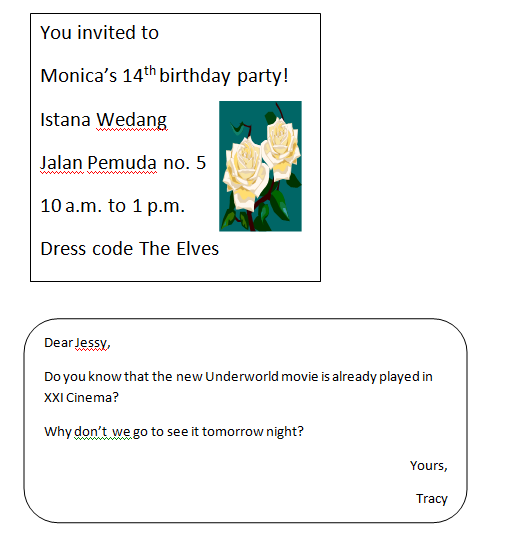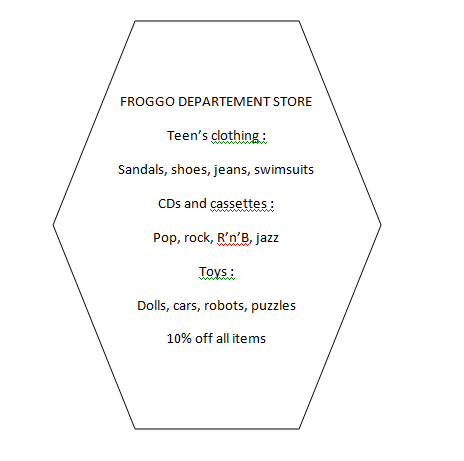Sahabat eftucorner kali ini kita akan mempelajari bagaimana cara menawarkan bantuan dan cara menanggapinya. Berikut contoh ungkapan untuk menawarkan/menolak/menerima bantuan.
Study the dialogue!
Ardi : Would you like any help?
(Apakah Anda perlu bantuan?)
Arya : No, thank you.
(Tidak, terima kasih.)
Nah itulah salah satu contoh cara menawarkan bantuan dan cara menanggapinya. Ardi menawarkan bantuan kepada Arya dengan mengatakan "Would you like any help?". Sedangkan Arya mengatakan "No, thank you.". Dilihat dari jawabannya, Arya menolak bantuan dari Ardi.
Berikut contoh lain ungkapan untuk menawarkan/menolak/menerima bantuan.
How to offer help (Cara menawarkan bantuan)
- Shall I do it for you? (Perlukah saya mengerjakannya untukmu?)
- What can I do for you? (Apa yang dapat aku lakukan untukmu?)
- May I be of assistance? (Mungkinkah aku bisa Membantumu?)
- Would you like some help? (Apakah kamu memerlukan bantuan?)
- Would you like me to help you? (Apakah kamu ingin saya membantumu?)
- Is there anything I can do? (Ada yang bisa saya kerjakan?)
- Do you need any help? (Apakah kamu perlu bantuan?)
- If you like, I could take it for you. (Kalau kamu ingin, saya bisa membawakannya untukmu.)
- Let me bring the bag. (Biar saya yang membawa tas itu.)
- Thank you very much. (Terima kasih sekali.)
- That's very kind of you. (Kamu baik sekali.)
- That sounds very kind. (Kedengarannya baik sekali.)
- Oh, yes please. (Oh, ya silahkan.)
- Just what I need. (Itu yang saya butuhkan.)
- Oh, would you? Thanks. (Oh, Anda mau? Terima kasih.)
- If you're sure it's no trouble. (Jika Anda yakin tidak menyulitkanmu.)
- It's all right, really. (Tidak apa - apa, sungguh.)
- No, don't bother yourself. (Tidak, tak usah Anda pedulikan.)
- Don't worry about it. I can do it myself. (Jangan khawatir. Saya dapat melakukannya sendiri.)
- I don't think so. (Saya pikir tidak perlu.)
- Thank you for you offer, but I can do it myself. (Terima kasih atas tawarannya, aku dapat mengerjakannya sendiri.)
- Thanks a lot, but I am okay. (Terima kasih banyak, tetapi saya baik - baik saja.)
- That's very kind of you, but I can manage it myself. (Kamu baik sekali, tapi saya dapat mengaturnya sendiri.)
- Please don't trouble yourself about it. (Jangan merepotkan diri Anda sendiri.)













